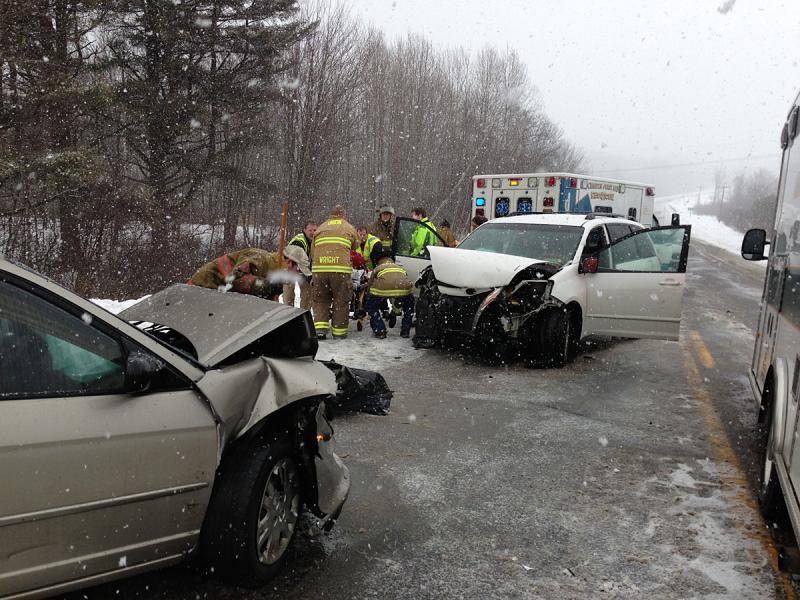


Stabilisation of the cardiovascular system is aimed at replacement of lost circulating volume with intravenous fluid therapy. Early replacement of circulating volume is key to successful patient management. Mortality in hypovolaemic shock is related to duration of the ischaemic insult. Management of Major Body System Abnormalities
#Local traffic accidents full#
Prognosis has typically been thought to be poor for full recovery of motor function, however with time some of these positions can recover. Schiff-Sherrington posture: (Extensor rigidity of forelimbs, flaccid, atonic, areflexic, analgesic pelvic limbs, normal mentation) is associated with an acute, severe, T3–元 lesion. This posture has a grave prognosis for recovery.ĭecerebellate rigidity: (extensor rigidity of forelimbs, flexion of hind limbs with opisthotonus and normal mentation) is associated with caudal cerebellar lesions. Posture: Decerebrate rigidity (extensor rigidity in all four limbs with associated abnormal mentation, opisthotonus may or may not be present) is associated with caudal midbrain or cerebellum injury. Reduced mentation in the absence of cardiovascular abnormalities should prompt evaluation for head injury. Mentation: Patients with coma or stupor (response only to pain) are likely to have intracranial injury. Patients with severe cardiovascular compromise should not be assessed for neurological function until they are more stable. In the primary assessment of these patients, neurological assessment is limited to mentation, posture and assessment for limb movement and deep pain. Pleural space disease (dull lung sounds) should prompt needle thoracocentesis. Some of these patients can be extremely challenging, especially those that have both pneumothorax and pulmonary contusion. Traumatised animals should therefore be assessed carefully for lung sounds all areas of the thorax should be carefully auscultated. Significant haemothorax is an extremely rare cause of dyspnoea as in these patients the signs of hypovolaemia predominate. Less common causes include diaphragmatic hernia and chest wall trauma. All patients presenting with dyspnoea should be provided with immediate oxygen therapy in the least stressful manner possible.Ĭommon causes of dyspnoea following trauma include: Respiratory assessment is aimed at identification of dyspnoea and identification of the underlying cause. Assessment of the severity of hypovolaemia is used to guide fluid therapy. We are therefore more reliant on palpation of pulse quality for assessment in these patients. Their higher resting heart rate also means there is less room for an increase in heart rate. Cats are less predictable and more difficult to assess. The response of dogs to blood loss is predictable and the degree of hypoperfusion can be estimated from the severity of their clinical signs (see table below). With continued blood loss, these compensatory measures fail to maintain tissue perfusion and signs of decompensated hypovolaemic shock ensue. The response to hypovolaemia is initially tachycardia, vasoconstriction and increased myocardial contractility as a result of adrenergic stimulation. Significant blood loss can occur into body cavities and fracture sites without visible haemorrhage. The major body systems are:Ĭardiovascular assessment is aimed at identification of hypoperfusion as a result of hypovolaemia. Many patients benefit from a multi-modal approach in the successive days, concentrating on careful nursing, nutrition and pain relief.Ī major body system assessment approach should be used to rapidly identify the life-threatening problems and initiate life-saving treatment. Appropriate management in the first few hours is vital for success. Due to our patients’ small size the potential for multi-system damage is high and their injuries need to be approached in a systematic manner to ensure that no life-threatening abnormalities are missed. Trauma is a common cause of emergency presentations in small animal practice. Books & VINcyclopedia of Diseases (Formerly Associate).VINcyclopedia of Diseases (Formerly Associate).


 0 kommentar(er)
0 kommentar(er)
